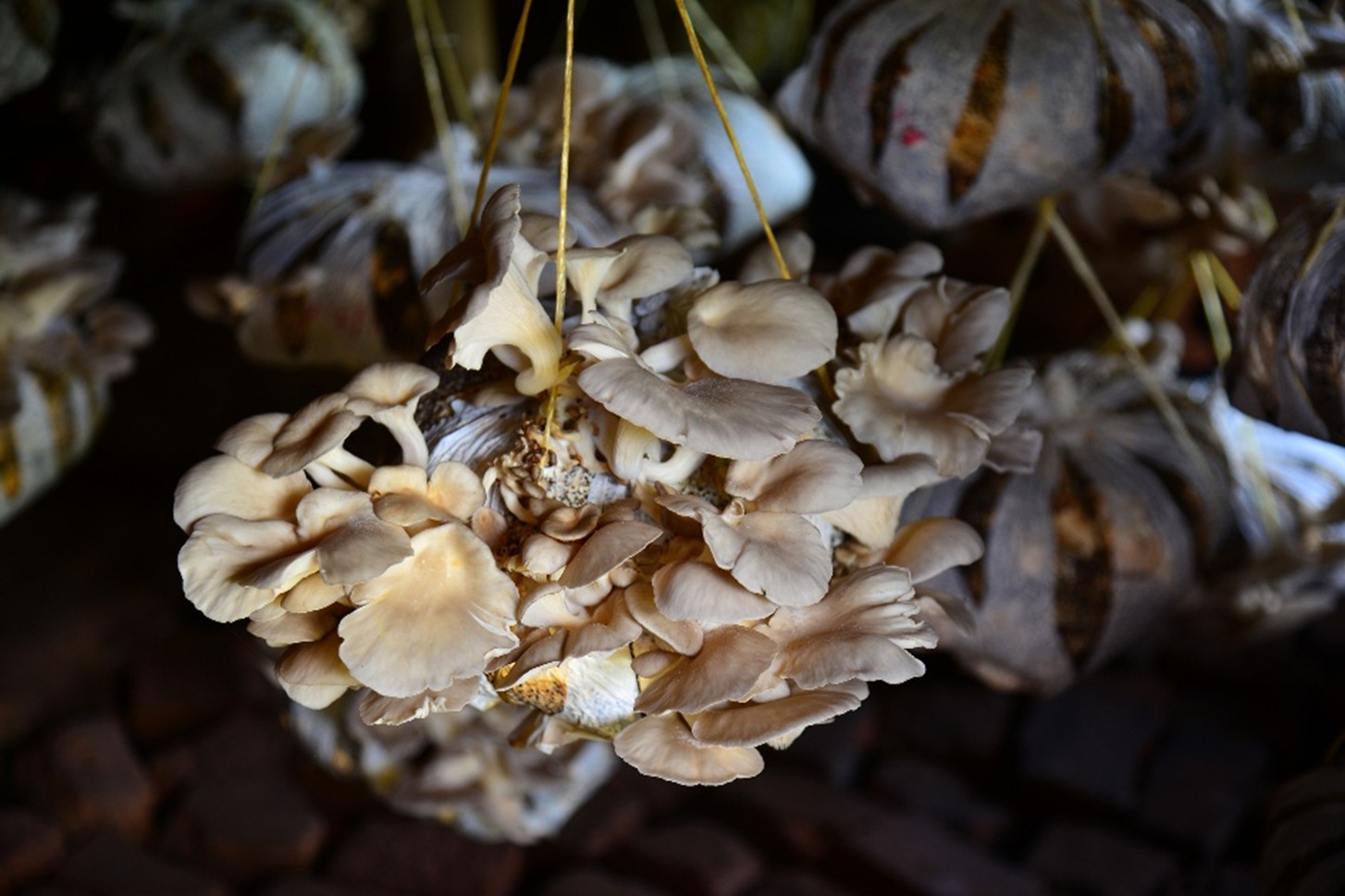Uganda’s rural communities are witnessing an unexpected transformation, where agriculture, environmental conservation, and economic empowerment converge in a groundbreaking initiative.
The cultivation of oyster mushrooms has emerged as a viable solution to both financial instability and habitat degradation, directly contributing to the protection of the endangered Grey Crowned Crane and the wetlands crucial to its survival.
In Rukiga District, traditional farming practices centered around crops such as beans, Irish potatoes, and sorghum have long sustained communities.
However, these methods often take months to yield returns, compelling farmers to encroach upon wetlands in search of additional resources.
Recognizing this challenge, the International Crane Foundation (ICF) partnered with three farming cooperatives last year, introducing mushroom cultivation as an alternative livelihood.
Economic Viability and Social Impact
Mushroom farming provides a faster and more lucrative income stream. With an initial investment of $31 in mushroom spawn, farmers can generate over $125 in sales within just three months—more than double the revenue from sorghum, which takes six months to mature and yields only $53.
The initiative has had profound socioeconomic benefits. Many families are now able to afford healthcare, education, and housing improvements.
“I don’t even know where to start talking about this mushroom-growing project,” shares Vanansio, a retired teacher. “It has done me wonders and miracles which I never expected. My dream is to work harder and ensure my children complete their schooling.”
For women, particularly widows like Ellen, mushroom farming has been instrumental in achieving financial security.
Additionally, some community members aspire to establish organizations aimed at supporting women entrepreneurs with startup capital.
Environmental Conservation and Sustainable Practices
Beyond financial empowerment, the program has contributed to environmental conservation efforts. With less reliance on wetlands, encroachment has significantly decreased, preserving vital ecosystems that sustain crane populations.
“Mushroom cultivation emerged as the perfect solution it requires minimal space, can be practiced year-round, and does not depend on clearing wetland vegetation,” explains Patrick Engoru, ICF Uganda Country Manager.
He further notes that previously discarded sorghum husks, which were often burned, now serve as valuable substrate for mushroom growth, promoting sustainable agricultural practices.
A Model for Global Conservation and Development
The success of this initiative highlights the potential for conservation-led economic development. With over 135 ICF staff operating across 50 countries, projects like these serve as models for integrating environmental protection with community prosperity.
“This is just one way our conservation model partners with communities to address multiple challenges improving incomes, enhancing food security, empowering women, and protecting the endangered Grey Crowned Crane,” says Engoru.
As funding continues to support the program, ICF aims to expand its conservation-based economic initiatives, ensuring that local communities thrive while safeguarding critical habitats.
For farmers in Rukiga, mushrooms are more than just produce they represent stability, opportunity, and a future where economic success and ecological balance coexist.
Read Also:South Africa’s Agriculture: A Catalyst for Inclusive Growth – Jaina News
Ivanhoe Mines Doubles Makoko Kitoko Copper Resource, Transforming Global Market – Jaina News
U.S. Secures Peace, Boosts Investment in DRC Lithium Project – Jaina News








